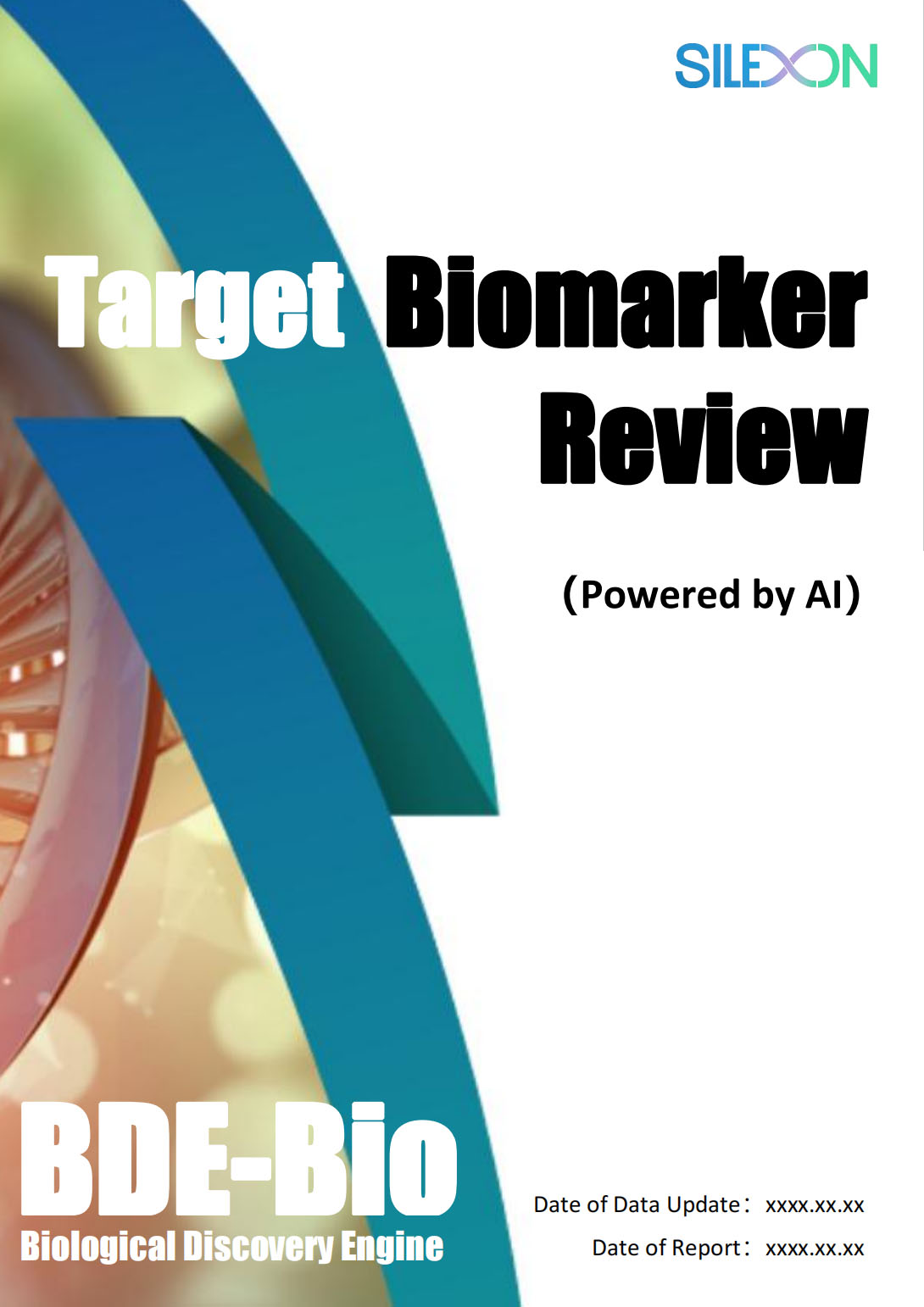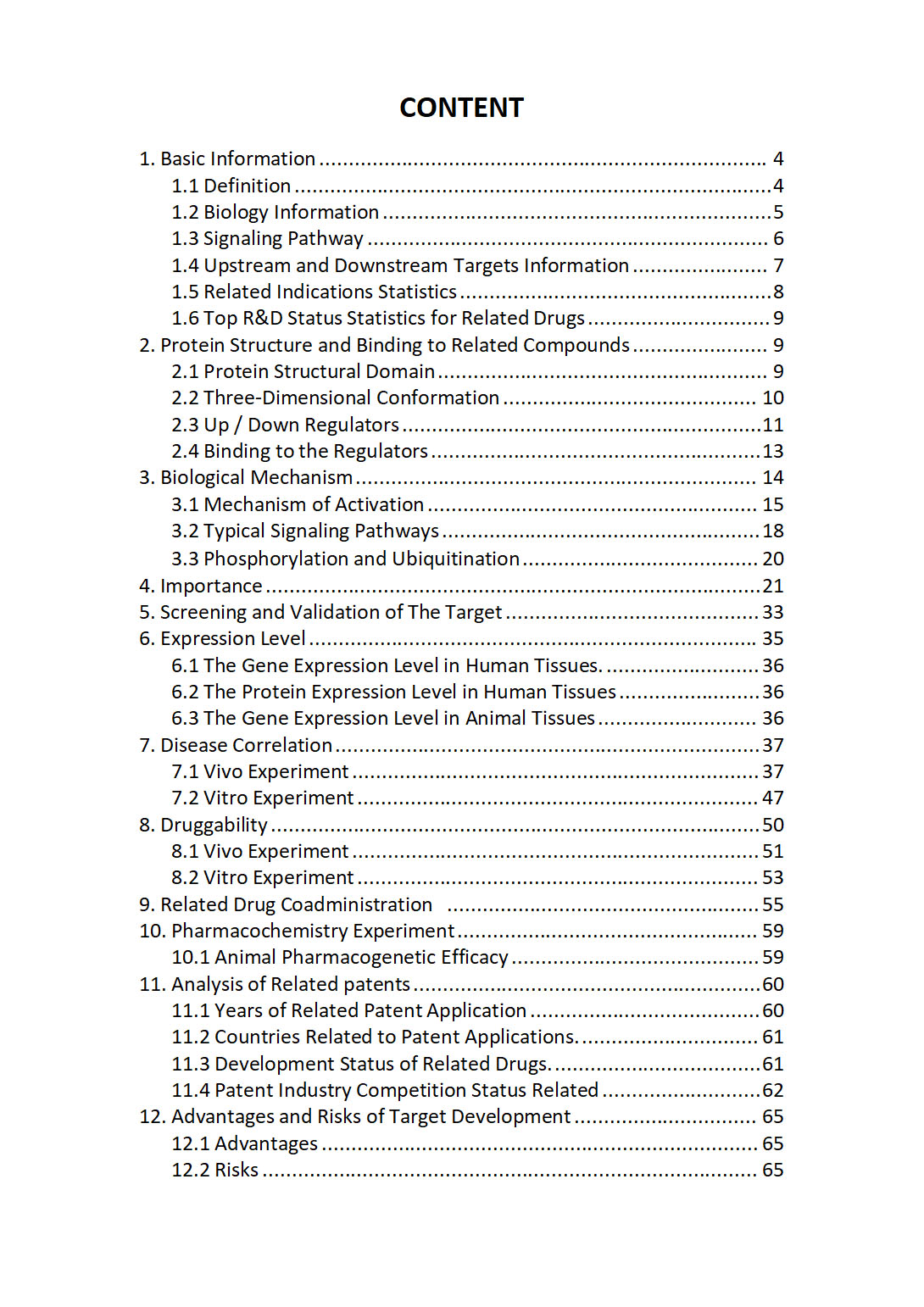Inward Rectifier Potassium Channel (nonspecified subtype) Related Diseases


Related Diseases
1) Heart Failure
Congestive Heart Failure, also known as congestive heart disease, is related to cardiomyopathy, dilated, 1e and orthostatic intolerance, and has symptoms including angina pectoris, chest pain and edema. An important gene associated with Congestive Heart Failure is CDKN2B-AS1 (CDKN2B Antisense RNA 1), and among its related pathways/superpathways are Cardiac conduction and "Antiarrhythmic Pathway, Pharmacodynamics". The drugs Salbutamol and Thalidomide have been mentioned in the context of this disorder. Affiliated tissues include Adipose and Lateral Plate Mesoderm, and related phenotypes are muscle and homeostasis/metabolism
2) Depression
Major Depressive Disorder, also known as seasonal affective disorder, is related to anxiety and endogenous depression, and has symptoms including affective symptoms, behavioral symptoms and schizophrenic language. An important gene associated with Major Depressive Disorder is HTR2A (5-Hydroxytryptamine Receptor 2A), and among its related pathways/superpathways are Signal Transduction and Neuroscience. The drugs Fluvoxamine and Valsartan have been mentioned in the context of this disorder. Affiliated tissues include brain, prefrontal cortex and cortex, and related phenotypes are depression and behavior/neurological
3) Depression
Major Depressive Disorder, also known as seasonal affective disorder, is related to anxiety and endogenous depression, and has symptoms including affective symptoms, behavioral symptoms and schizophrenic language. An important gene associated with Major Depressive Disorder is HTR2A (5-Hydroxytryptamine Receptor 2A), and among its related pathways/superpathways are Signal Transduction and Neuroscience. The drugs Fluvoxamine and Valsartan have been mentioned in the context of this disorder. Affiliated tissues include brain, prefrontal cortex and cortex, and related phenotypes are depression and behavior/neurological
4) Pain
Paine Syndrome, also known as pain disorder, is related to paroxysmal extreme pain disorder and indifference to pain, congenital, autosomal recessive. An important gene associated with Paine Syndrome is HFE (Homeostatic Iron Regulator), and among its related pathways/superpathways are Cardiac conduction and Neuropathic Pain-Signaling in Dorsal Horn Neurons. The drugs Pregabalin and Dinoprostone have been mentioned in the context of this disorder. Affiliated tissues include dorsal root ganglion, spinal cord and breast, and related phenotypes are microcephaly and spastic diplegia
5) Pain
Paine Syndrome, also known as pain disorder, is related to paroxysmal extreme pain disorder and indifference to pain, congenital, autosomal recessive. An important gene associated with Paine Syndrome is HFE (Homeostatic Iron Regulator), and among its related pathways/superpathways are Cardiac conduction and Neuropathic Pain-Signaling in Dorsal Horn Neurons. The drugs Pregabalin and Dinoprostone have been mentioned in the context of this disorder. Affiliated tissues include dorsal root ganglion, spinal cord and breast, and related phenotypes are microcephaly and spastic diplegia
6) Hypertension, Pulmonary
Pulmonary Hypertension, also known as primary pulmonary hypertension, is related to pulmonary hypertension, primary, 1 and persistent fetal circulation syndrome, and has symptoms including angina pectoris, chest pain and coughing. An important gene associated with Pulmonary Hypertension is BMPR2 (Bone Morphogenetic Protein Receptor Type 2), and among its related pathways/superpathways are MicroRNAs in cardiomyocyte hypertrophy and miRNAs involved in DNA damage response. The drugs Morphine and Bupivacaine have been mentioned in the context of this disorder. Affiliated tissues include Lung, heart and endothelial, and related phenotypes are muscle and cardiovascular system
The "Inward Rectifier Potassium Channel (nonspecified subtype) Target / Biomarker Review Report" is a customizable review of hundreds up to thousends of related scientific research literature by AI technology, covering specific information about Inward Rectifier Potassium Channel (nonspecified subtype) comprehensively including but not limited to:
• general information;
• protein structure and compound binding;
• protein biological mechanisms;
• its importance;
• the target screening and validation;
• expression level;
• disease relevance;
• drug resistance;
• related combination drugs;
• pharmacochemistry experiments;
• related patent analysis;
• advantages and risks of development, etc.
The report is helpful for project application, drug molecule design, research progress updates, publication of research papers, patent applications, etc. If you are interested to get a full version of this report, please feel free to contact us at BD@bio.cacnex.com.
More Common Targets
11beta-Hydroxysteroid Dehydrogenase | 14-3-3 Protein | 15-Lipoxygenase | 17-beta-Hydroxysteroid dehydrogenase | 28S ribosomal subunit, mitochondrial | 3-Ketoacyl-CoA Thiolase (3-KAT) | 39S ribosomal subunit, mitochondrial | 4EHP-GYF2 complex | 5-Hydroxytryptamine Receptor | 5-Hydroxytryptamine Receptor 1 (5-HT1) | 5-Hydroxytryptamine Receptor 2 (5-HT2) | 60S Ribosome | 9-1-1 cell-cycle checkpoint response complex | A-Kinase Anchor Proteins | A1BG | A1BG-AS1 | A1CF | A2M | A2M-AS1 | A2ML1 | A2MP1 | A3GALT2 | A4GALT | A4GNT | AAAS | AACS | AACSP1 | AADAC | AADACL2 | AADACL2-AS1 | AADACL3 | AADACL4 | AADACP1 | AADAT | AAGAB | AAK1 | AAMDC | AAMP | AANAT | AAR2 | AARD | AARS1 | AARS2 | AARSD1 | AASDH | AASDHPPT | AASS | AATBC | AATF | AATK | ABALON | ABAT | ABCA1 | ABCA10 | ABCA11P | ABCA12 | ABCA13 | ABCA17P | ABCA2 | ABCA3 | ABCA4 | ABCA5 | ABCA6 | ABCA7 | ABCA8 | ABCA9 | ABCB1 | ABCB10 | ABCB11 | ABCB4 | ABCB5 | ABCB6 | ABCB7 | ABCB8 | ABCB9 | ABCC1 | ABCC10 | ABCC11 | ABCC12 | ABCC13 | ABCC2 | ABCC3 | ABCC4 | ABCC5 | ABCC6 | ABCC6P1 | ABCC6P2 | ABCC8 | ABCC9 | ABCD1 | ABCD2 | ABCD3 | ABCD4 | ABCE1 | ABCF1 | ABCF1-DT | ABCF2 | ABCF3 | ABCG1 | ABCG2
CONTACT
BD@bio.cacnex.com
2025© Cacnex Consulting Ltd. All Rights Reserved

